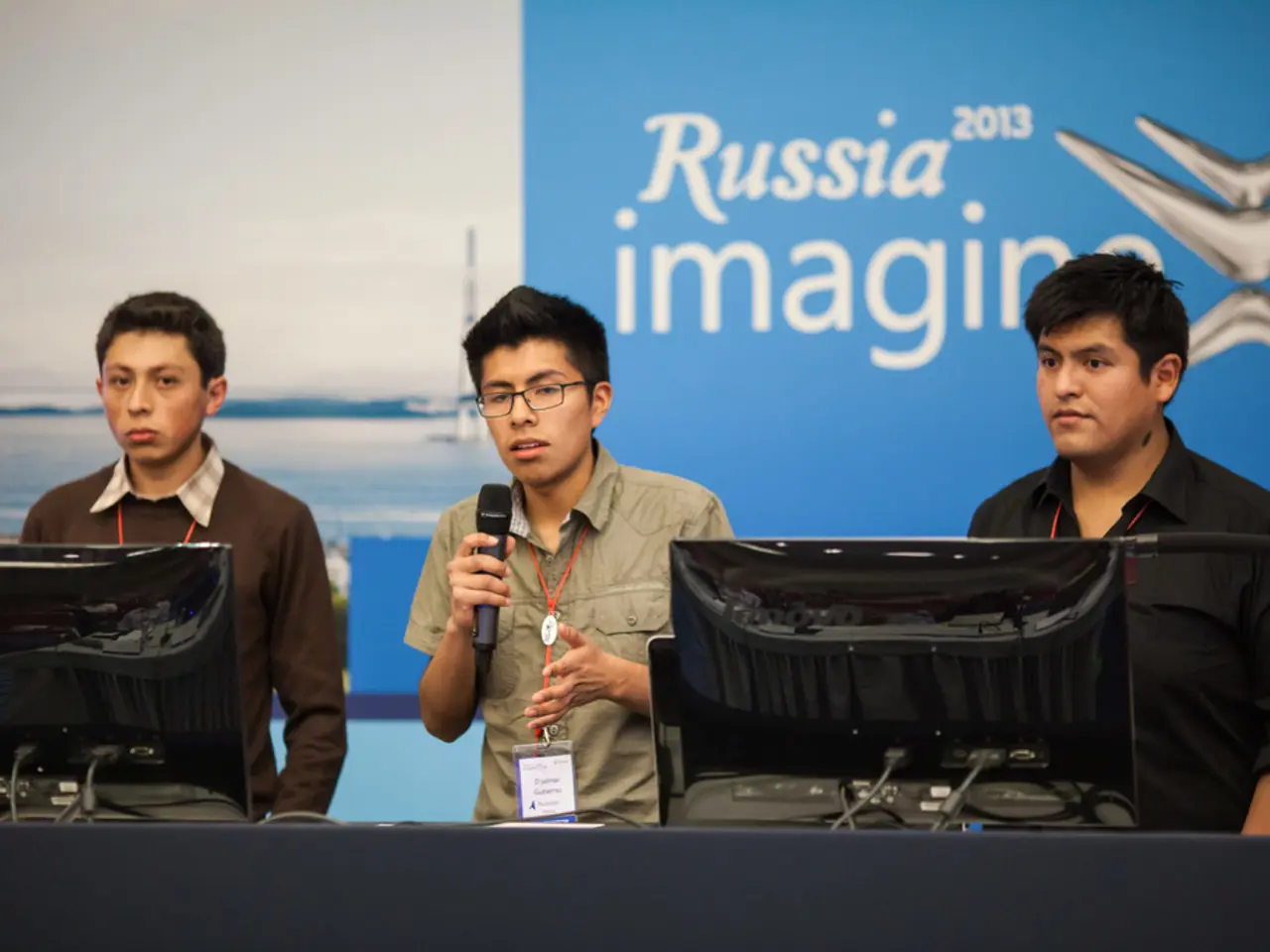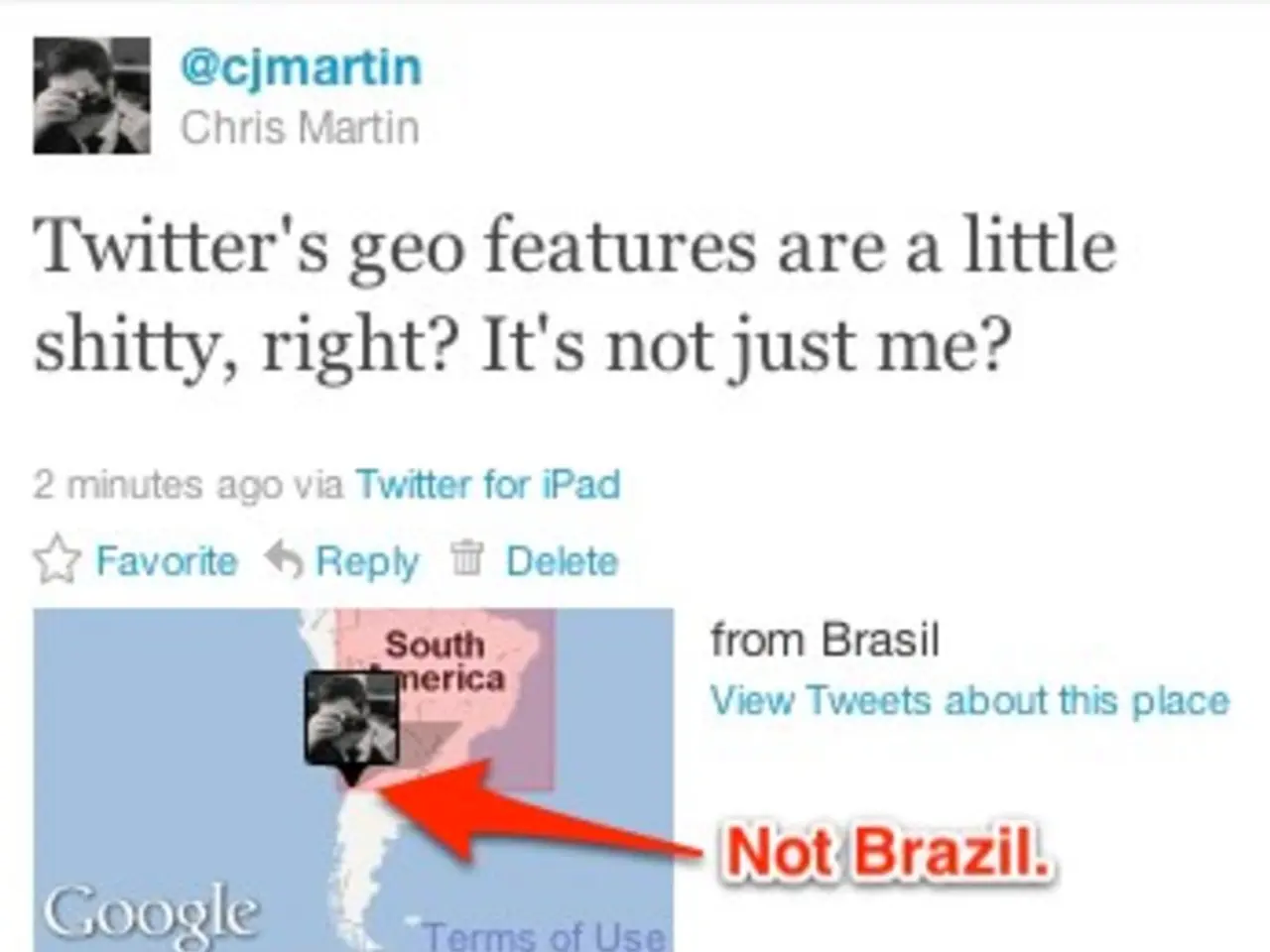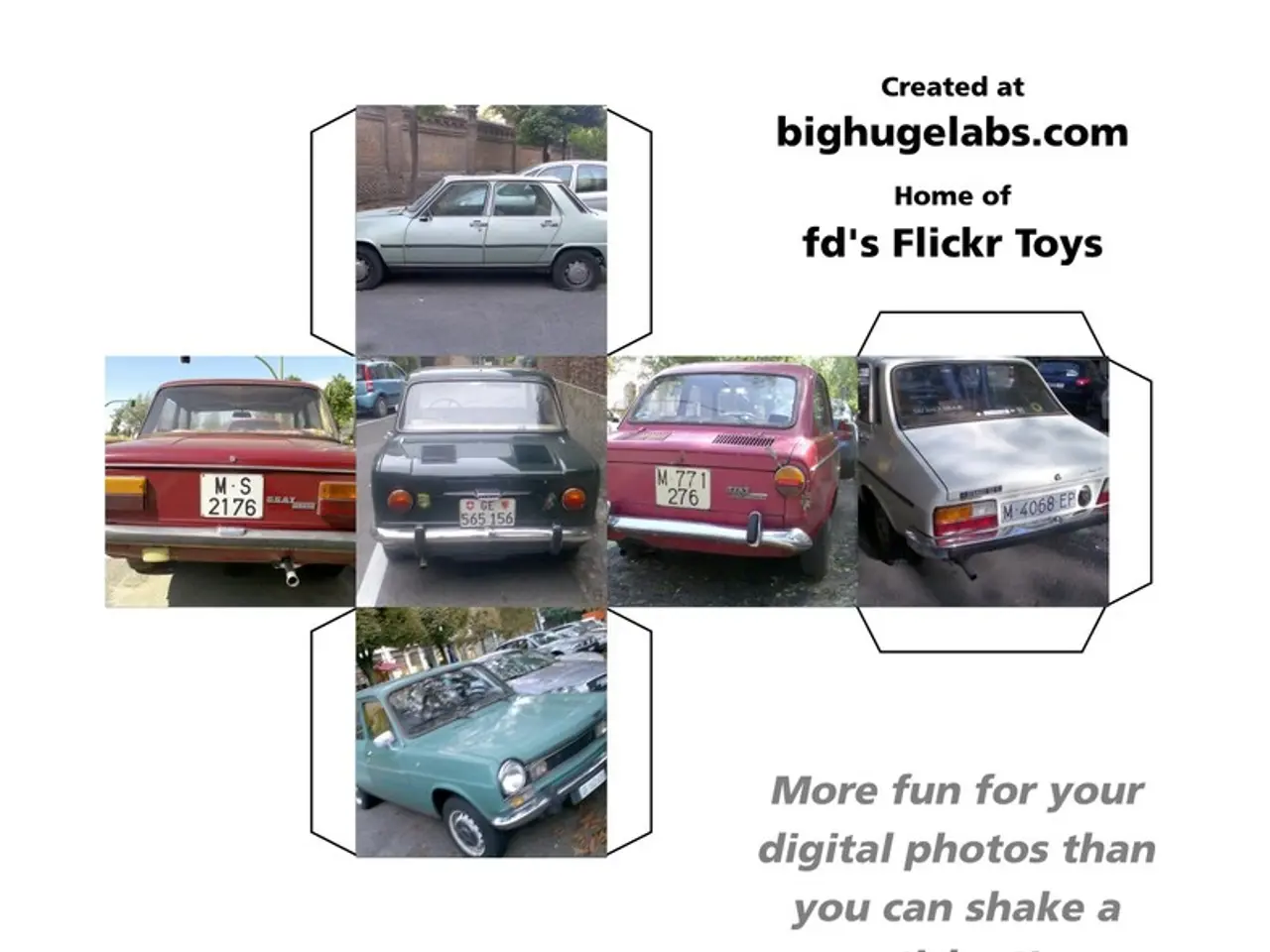Radio Stations FMs and LPFMs Given Approval for Geolocation Advertising
U.S. FM Boosters Permit Geotargeting, Adhering to New FCC Rules
The Federal Communications Commission (FCC) has updated its rules for U.S. FM boosters, allowing them to transmit limited geo-targeted programming, also known as "geocasting" or "zonecasting." Here's what you need to know:
Notification Process Primary stations deploying FM boosters that originate up to 3 minutes of alternate programming per hour must notify their State Emergency Communications Committees at least 30 days prior to implementing the booster with program-originating capability.
Emergency Alert Requirements Despite allowing limited alternate content on boosters, FM booster stations must still comply with all Emergency Alert System (EAS) requirements. This ensures that emergency alerts are properly transmitted and received on these frequencies. The notification to emergency committees helps them prepare and integrate these changes in alert coordination.
Self-Interference and Technical Concerns The FCC’s new rules address technical standards to minimize self-interference between primary stations and boosters when originating alternate content. Boosters must operate to avoid interference within the station's coverage area and to adjacent stations, maintaining signal integrity and public service.
Programming Limits The alternate programming allowed on boosters is restricted to up to 3 minutes per hour, and it may include news, advertising, or other content different from the primary station’s broadcast. However, strict compliance requirements for disclosures and sponsorship identifications must be met.
Unified Synchronization Standard The commission chose not to adopt one single standard for synchronization, citing each circumstance would be unique to the particular station, including economically.
Early Adopters 93.5 KADD(FM) in Longdale, Nev., with five licensed boosters, including one in St. George, Utah, is an early adopter of the geotargeting technology.
Political Advertising Rules Geotargeting boosters will be subject to the same political advertising rules as their existing boosters.
Pathway for Stations There is a clear pathway for stations seeking to originate programming on their boosters.
Concerns Raised REC Networks expressed concern about program-originating boosters being used by FM stations that are designated monitoring assignments for EAS.
Emergency Alert Compliance Program-originating boosters must receive and broadcast all emergency alerts in the same manner as their primary station.
The FCC has published the effective date for stations to apply for the use of "geotargeting" on U.S. FM boosters. FM stations can air unique content on synchronized boosters for no more than three minutes per hour. The number of such boosters a single station may operate is capped at 25. Stations must use FCC Form 2100, Schedule 336 to notify the commission about the use of boosters for permanent content origination. The commission did not specify a uniform synchronization standard for program-originating boosters. REC Networks advocated for co-channel protection requirements for boosters.
- Technology played a significant role in the updates made by the Federal Communications Commission (FCC), as geotargeted programming, or geocasting/zonecasting, on U.S. FM boosters is facilitated through advancements in technology.
- The broadcast landscape is evolving with the integration of geotargeting technology, allowing FM stations to transmit unique content on synchronized boosters within their coverage areas.
- The media industry, along with the finance sector, will have to adapt to the new rules surrounding geotargeting boosters, ensuring compliance with political advertising rules and emergency alert requirements.




